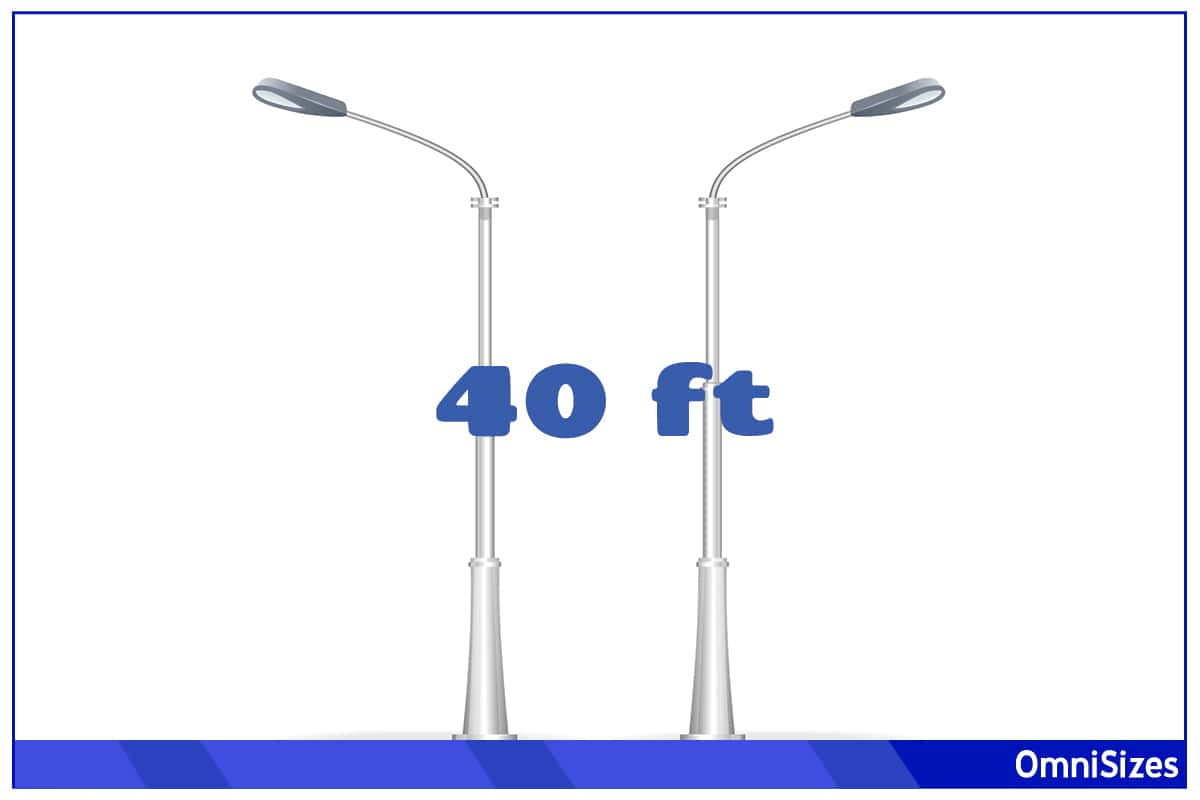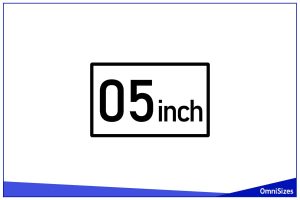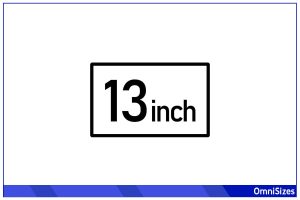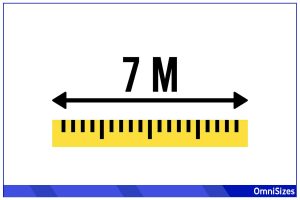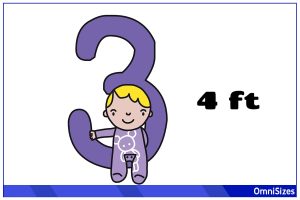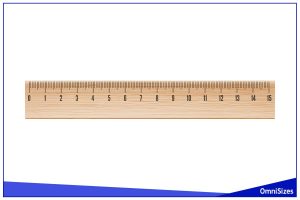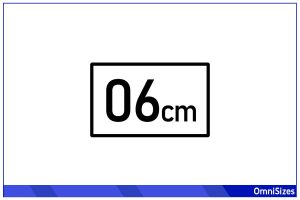Have you ever tried measuring an object by eye? It becomes a lot more difficult when the thing you’re trying to measure is humungous like, say, 40 feet high. You may or may not know that 40 feet is equal to 13-1/3 yards to 12.192 meters, but these numbers don’t accurately represent this measurement’s appearance. What you can do is use everyday objects as reference for your mind’s eye.
Here are 9 common objects that measure around 40 feet tall:
- 1-2 shipping containers
- 6 Christmas trees
- 1-1/3 scaffolding tower
- Light pole
- ½ tennis court
- ½ IMAX screen
- Palm tree
- 1-3 RVs
- 1/3 wind turbine blade
1. 1-2 Shipping Containers

Shipping containers are marvels of engineering. They come in standard sizes, with the most common being 20 and 40 feet in length. Interestingly, their design is so robust that they can carry 30,000 kilograms, and they’re stackable. The result is colossal cargo ships that look like floating Lego structures.
If you’re trying to gauge what 40 feet looks like, imagine one of these containers stretched out before you. Or, for a slightly shorter reference, think of 2 20-foot containers end to end. For a height visualization, you’ll need to flip the shipping container stack vertically.
2. 6 Christmas Trees

Christmas trees are a festive symbol of holiday cheer. Did you know the first decorated Christmas tree was in Riga, Latvia in 1510? And these trees don’t just spread joy—they’re eco-friendly too! For every tree harvested, 1 to 3 seedlings are planted the following spring. Talk about a renewable tradition!
Trying to visualize 40 feet? Imagine stacking 6 average-sized Christmas trees, each around 7 feet tall. It’s like building a mini forest in your living room. Next time you’re admiring a Christmas tree, think of it as a fun, festive unit of measurement!
3. 1-1/3 Scaffolding Tower

Scaffolding towers offer a sturdy platform for workers to reach new heights. They date back to ancient times, with evidence in Greek and Egyptian art. Modern scaffolding uses lightweight materials like aluminum and fiberglass, so they’re easy to move yet durable enough to hold several workers and their tools.
To picture 40 feet, think of one and a third scaffolding towers. The tallest towers stand around 30 feet tall, so just add a bit more to reach that 40-foot mark. If you live in the city, you can probably spot a few scaffolding towers whenever you head out.
4. Light Pole
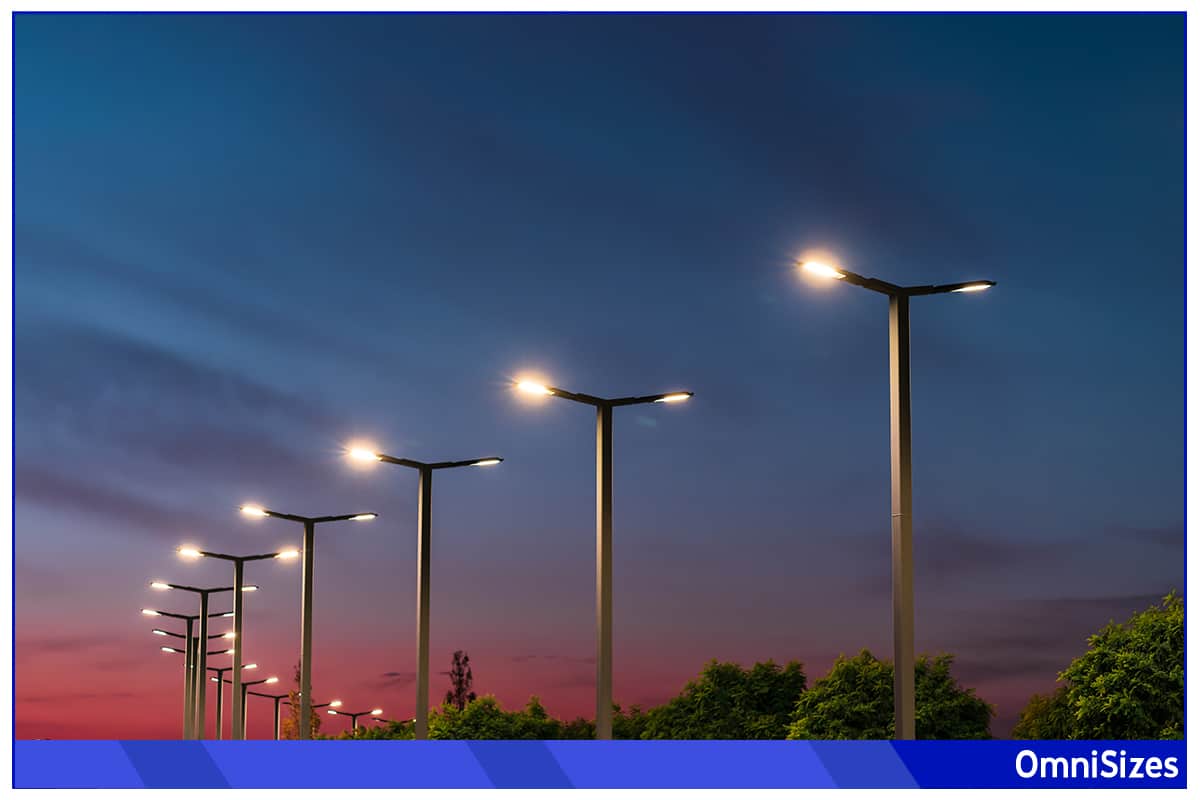
Light poles are more than just street ornaments. They have beacons of safety and civilization. Light poles have come a long way since the early days when lamplighters would manually set them alight. Today’s poles are wired with electricity and often double as homes for small birds or festive decorations during the holiday season.
When you’re trying to visualize 40 feet, just look up at a street light pole. Most of them stand at about 35 feet high. If you’re under one, imagine laying it down on the ground, and you’ve got a pretty good idea of what 40 feet looks like.
5. ½ Tennis Court
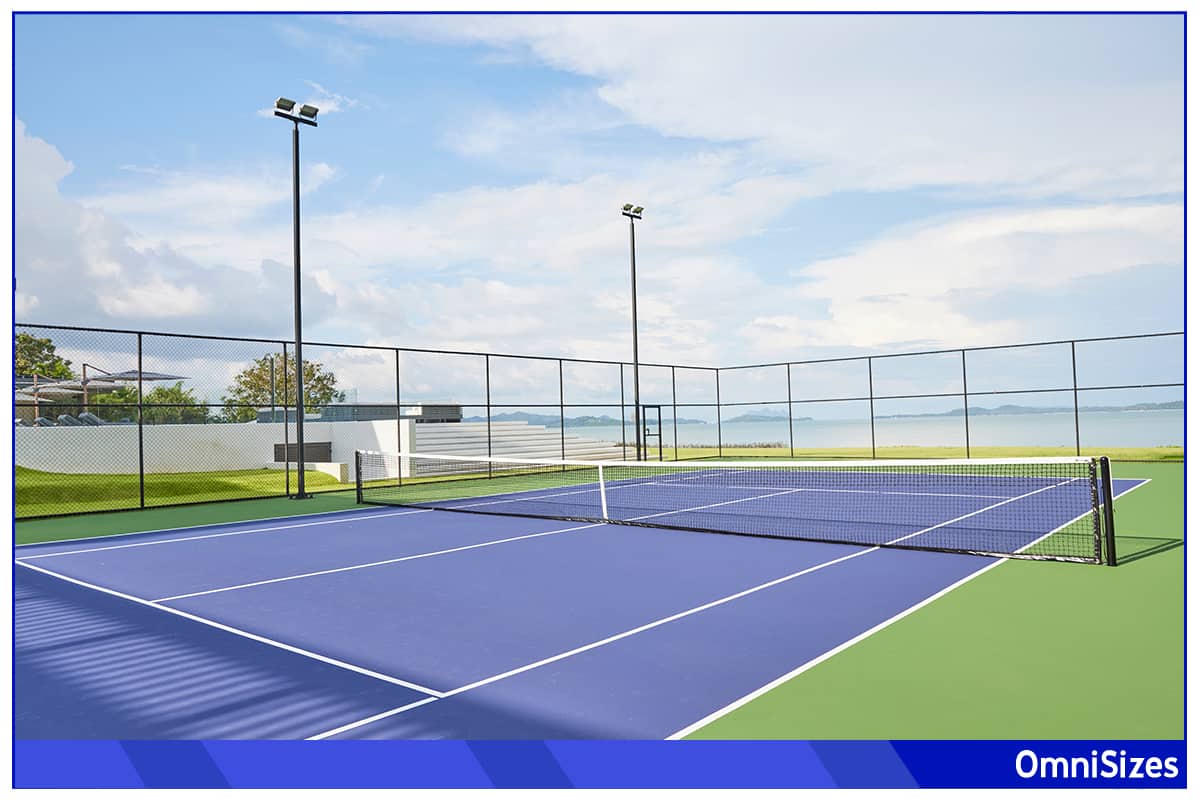
Tennis courts are for Wimbledon champions and regular folk alike. The surface can be grass, clay, or hardcourt, and each affects the ball’s speed differently. The iconic green playing area is surrounded by a distinct white boundary line, which is crucial for those nail-biting close calls.
If you’re trying to figure out what 40 feet looks like, half a tennis court will do. The full court measures 78 feet in length, so half is just shy of 40 feet. Alternatively, you can imagine standing 13-1/3 tennis nets (the net is 3 feet high) on top of each other, but that can be a lot harder to do in your mind’s eye.
6. ½ IMAX Screen
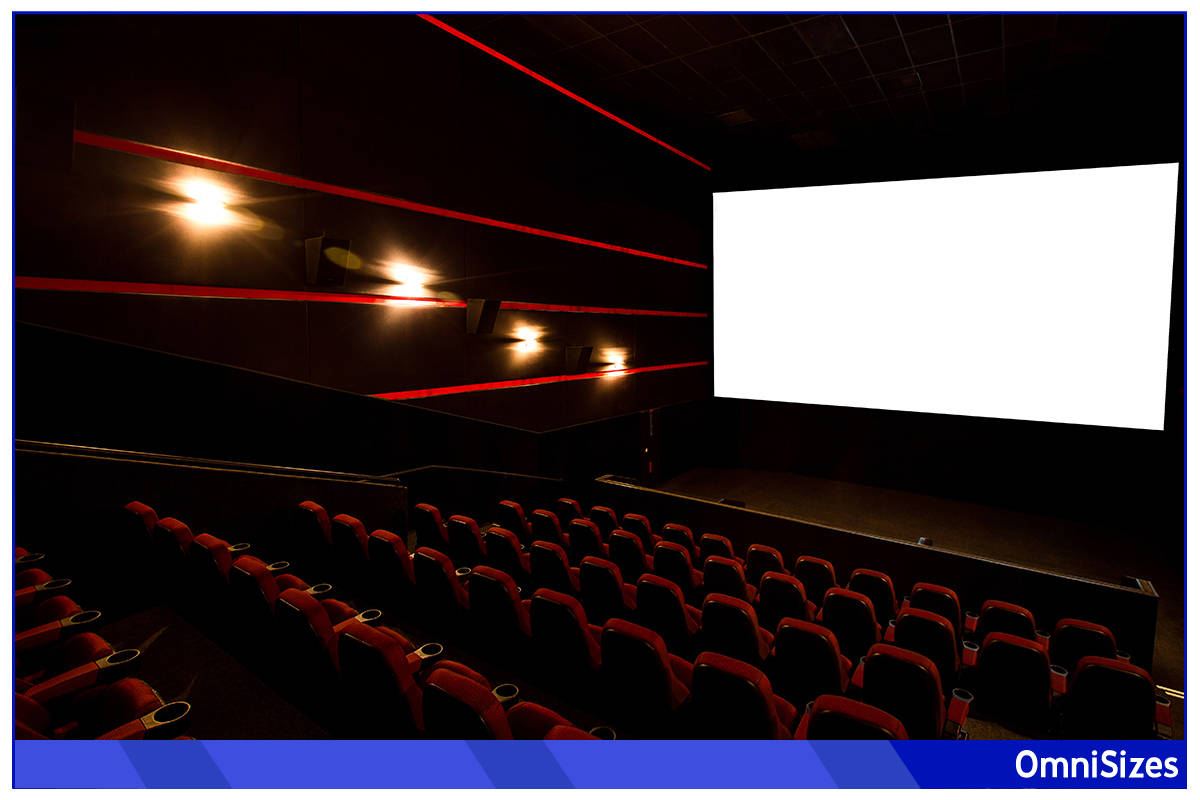
IMAX screens are the giants of the movie world that offer an immersive experience that feels like stepping into another universe. They’re enormous, curved for an all-encompassing view, and can be up to 98 feet tall. The first IMAX film was shown at Expo ‘70 in Osaka, Japan, which transformed how we experience cinema.
To get a sense of 40 feet, just an IMAX screen cut in half. These screens are so large that they stand nearly as tall as a 10-foot building! The more moderately sized IMAX screens are 72 feet high, so even halving that will get you pretty close to 40 feet.
7. Palm Tree

Palm trees are the poster child of tropical paradise. These trees can live for over a century and come in 2,600 different species. Some bear fruits like coconuts and dates, while others are purely ornamental, swaying gently in the seaside breeze.
A tall palm tree can be your guide for measuring 40 feet without a ruler. Many species, like the Royal Palm, can grow around this height. Thinking of hitting the beach anytime soon? Make sure you crane your neck upwards while gazing at the top of a luscious palm tree!
8. 1-3 RVs

Recreational Vehicles (RVs) are like homes on wheels. The first motorized campers were built in 1904, and today, these vehicles range from cozy vans to luxurious motorhomes. Some are equipped with features like full kitchens, bathrooms, and even pop-out sections. Who says mobile homes and class don’t mix?
A typical RV length varies from 12 to 45 feet. Imagine a caravan of adventure stretching across a parking lot—that’s your 40-foot reference right there!
9. 1/3 Wind Turbine Blade
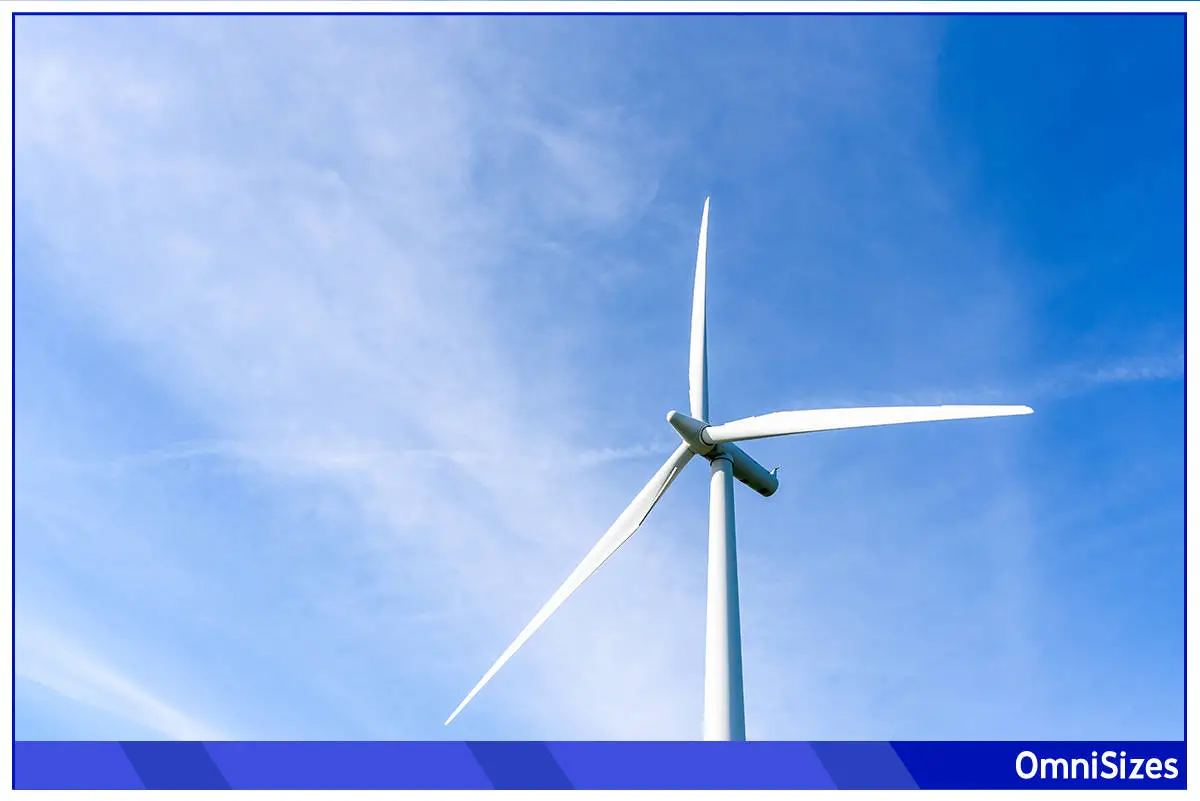
Wind turbine blades are designed to harness the Earth’s breath. The longest blade ever made stretches an astounding 88.4 meters or over 290 feet! These blades are aerodynamically crafted to turn wind into clean energy. Something you may not know is that they’re mostly hollow and made from composite materials to balance strength and lightness.
With a typical length of 116 feet, you’ll need to slice a blade into thirds to see what 40 feet looks like. If you thought the height of a wind turbine would help you, that’s not exactly the case. On average, wind turbines stand over 320 feet high, which is 8 times 40 feet!
